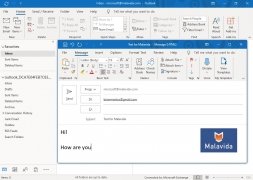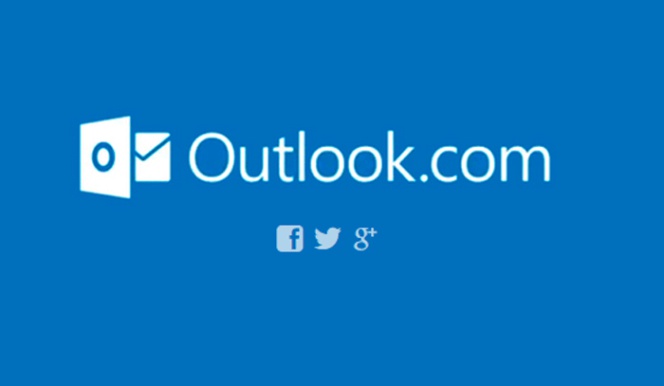



“I like the idea of having one home portal where I can list my top tasks,” said McDaniel, who usually accesses the tool through an app users can add to Microsoft Teams. And to help her make sense of those days, McDaniel relies on Microsoft To Do, a cloud-based, customizable tool for making easy-to-manage, information-rich to-do lists users can access through their email application, their computer or a mobile app. That makes each day its own unique challenge. It requires her to collaborate with a range of teams and hit a constant stream of deadlines. That work can come in the form of one-off consultations or yearlong designs of information systems. In Outlook 2007 and older, it’s at Tools, Macro Security.Stephen Schramm Senior Writer Tags OIT Computing & Technology Duke Cancer Institute Training & Professional DevelopmentĪs an IT Solutions Architect for the Duke Cancer Institute, Becca McDaniel’s job is to figure out how technology can help a wide network of colleagues do their jobs more effectively. To check your macro security in Outlook 2010 or 2013, go to File, Options, Trust Center and open Trust Center Settings, and change the Macro Settings. Moduleįirst: You will need macro security set to low during testing. You can use this macro with any navigation pane module by changing the 4 instances of "Tasks" to the appropriate module, folder type, or Group name. ' Change the 2 to start in a different folder Set objGroup = objModule.NavigationGroups("My Tasks") If CurrentModule.NavigationModuleType = olModuleTasks Then Private Sub objPane_ModuleSwitch(ByVal CurrentModule As NavigationModule) You'll need to sign the macro when you are done testing it or set Outlook's macro security to allow unsigned macros. For example, to always use my "New Stuff" folder in the screenshot above, I'd change the index number to 5. This selects this second folder in the list. The index number in the following line controls which folder is selected when you switch to the Task Folder. Click in the Startup sub and press Run to test it. Open the VBA Editor using Alt+F11 and paste the following code in ThisOutlookSession. The Tasks folder in the My Tasks section will be selected. Go back to Outlook, select the To-do folder then switch to Mail, then back to Tasks. To test the macro without restarting Outlook, click in the Application_Startup sub and click the Run button. To use, add the following code to the top of the VB Editor's ThisOutlookSession.


 0 kommentar(er)
0 kommentar(er)
